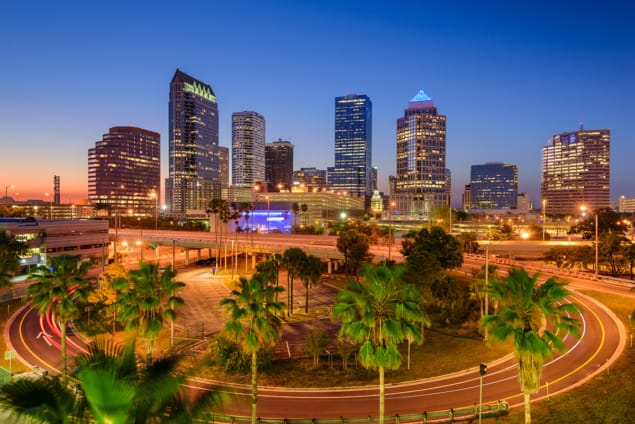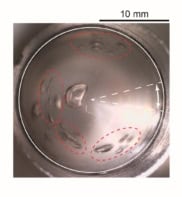
When it comes to weather disasters, the biggest killers in the US are extreme heat and cold. Many people rely on air-conditioning to keep them cool but this dependency could be dangerous if a power cut coincides with hot weather. Residential buildings in many US cities are highly vulnerable to such heat disasters, according to a new study, and that danger will become greater as climate changes.
Over 85% of homes in the US have some form of air-conditioning installed and almost all new-builds come with air-conditioning as standard. Historically, homes used passive strategies like natural ventilation and thick stone walls to keep cool. The advent of inexpensive and widely available air-conditioning means that modern houses are free from the design constraints of traditional cooling solutions but many Americans now depend heavily on air-conditioning.
“Modern buildings tend to have very little thermal mass, and as a result respond fairly quickly to outdoor [high temperature] forcing when their air-conditioning systems are not operational,” explains David Sailor of Arizona State University.
When air-conditioning fails the consequences can be fatal. For example, the power outage caused by Hurricane Irma in summer 2017 resulted in the deaths of eight people at an assisted living facility in Florida from exposure to high indoor temperatures. Despite ongoing improvements in the resilience of power infrastructure, it is expected that the risk of major power outages will increase, particularly as extreme weather events such as hurricanes and heatwaves become more frequent and severe.
Sailor and colleagues used whole-building energy simulations to study the impact of loss of air-conditioning combined with a hot weather episode in the 20 largest metropolitan areas in the US. In half the simulated locations the researchers found that conditions inside buildings would exceed the overheating threshold in five to seven hours. This means a prolonged power outage starting early in the day would cause stifling indoor temperatures overnight: a critical exposure time as most people remain indoors.
Nine major US cities – Miami, Houston, Tampa, St Louis, Dallas, Chicago, Phoenix, Philadelphia and Atlanta – with a combined population of 52 million people had buildings that could overheat in less than seven hours and remain overheated for at least 40% of a three-day-long hot period. Many of these cities are also humid.
“People in these cities rely on air-conditioning, and a major power outage could have devastating consequences,” says Sailor.
Many of the newer, more energy-efficient buildings do not have better resiliency to heat. The more stringent insulation requirements and resulting air-tightness can make it harder for the building to “lose” heat at night.
“In cities that experience heat waves during the daytime but cool off substantially at night we need to ensure that buildings can take advantage of the night-time ‘free’ cooling via opening windows, for example,” says Sailor.
There are other ways to improve matters too. For starters, switching to energy-efficient appliances and lighting helps reduce the amount of heat produced indoors. Meanwhile, buildings in air-conditioning-dominated climates can be made more resilient with the use of new smart materials and exterior coatings, which reflect incoming solar energy and emit heat stored in the materials.
“These materials make the building much more resilient to extreme heat and also substantially reduce air-conditioning bills under normal operations,” explains Sailor. Incorporating thermally massive materials such as brick and concrete into new buildings can help mediate big temperature swings.
The risk of heat disasters will increase as climate changes and in urban areas will be amplified by the urban heat island effect. Sailor and colleagues say that designers should be encouraged or required to investigate how their buildings will respond to air-conditioning failure during a heatwave, and to meet a maximum allowable rate of indoor warming. And the researchers suggest that better guidelines are needed for climate-sensitive design in general.
The team reported the findings in Environmental Research Letters (ERL).



